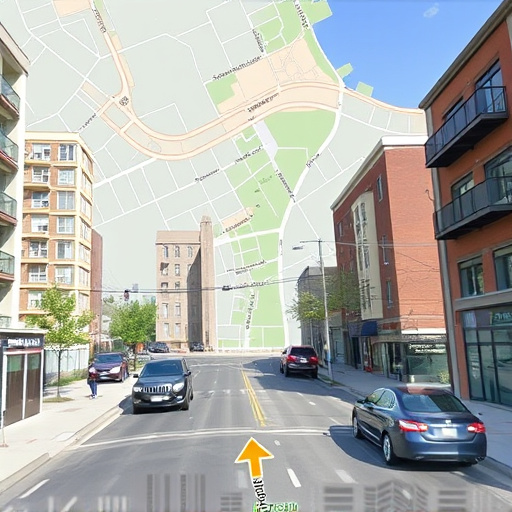Real-world performance verification (RWPV) for cold air intakes (CAI) combines sensor data from engine bays with simulated driving scenarios to accurately assess CAI enhancements in engine output, torque, and efficiency. This meticulous process involves dynamometer testing at various speeds and loads, monitoring parameters like temperature, pressure, and velocity. RWPV builds trust through precise CAI performance testing, optimizing intake systems for improved vehicle performance. Future trends include higher automation, digitalization, and remote testing capabilities to enhance analysis speed, thoroughness, and cost-effectiveness.
Real-world performance verification (RWPV) ensures automotive components, like cold air intakes (CAIs), deliver promised benefits under actual driving conditions. This article delves into the crucial process of RWPV, focusing on cold air intake performance testing methodologies. We explore best practices and future trends, providing insights for optimal engine performance and efficiency. By understanding these techniques, you’ll be equipped to navigate the dynamic landscape of automotive enhancements, particularly in the context of CAI installation.
- Understanding Real-World Performance Verification
- Cold Air Intake Performance Testing Methodology
- Best Practices and Future Trends in RWPV
Understanding Real-World Performance Verification

Real-world performance verification is a critical process that goes beyond bench testing, focusing on how a component or system behaves under actual operating conditions. For automotive enthusiasts and engineers, this often translates to evaluating the efficiency of a cold air intake (CAI) system. The methodology involves a multi-faceted approach, combining data acquisition from sensors placed at various points in the engine bay, along with practical driving scenarios. By simulating real-world driving patterns, including acceleration, deceleration, and varying speed ranges, researchers can accurately gauge the impact of CAI performance testing.
This method ensures that any claimed performance enhancements are validated under stress, offering a truer representation of how the system performs when pushed to its limits. The data collected during these tests is then analyzed to identify any improvements in engine output, torque delivery, and overall efficiency—all key factors in enhancing vehicle dynamics and fuel economy. This real-world verification process is pivotal for building trust between manufacturers, enthusiasts, and consumers alike.
Cold Air Intake Performance Testing Methodology

Cold Air Intake (CAI) Performance Testing Methodology involves a meticulous process designed to measure and validate the improved airflow capabilities of a modified intake system. This typically begins with setting up a dynamometer, a device that precisely calculates air mass flow rates under controlled conditions. The CAI is installed on the test vehicle, ensuring secure connections and proper alignment for accurate readings.
During testing, various parameters are monitored, including air temperature, pressure, and velocity. The system is then dynamically tested at different engine speeds and loads to simulate real-world driving conditions. Data acquisition software records these metrics, providing a comprehensive analysis of the CAI’s performance. This method ensures that any improvements in airflow, crucial for enhanced engine power and efficiency, are accurately verified before such modifications are recommended or implemented.
Best Practices and Future Trends in RWPV

In the realm of real-world performance verification (RWPV), best practices continue to evolve, driven by advancements in technology and increasing demands for precise, efficient testing methodologies. One prominent trend is the integration of cold air intake (CAI) performance testing into RWPV protocols. CAI testing ensures that engine intake systems function optimally, directly impacting overall vehicle performance. This involves sophisticated sensor technologies and data analytics to measure air flow, temperature, and pressure at various points in the intake system under realistic driving conditions.
Looking ahead, future trends in RWPV are poised to further automate and digitize testing processes, enabling faster, more comprehensive analysis. Advanced simulation tools will play a pivotal role, mimicking real-world scenarios with unprecedented accuracy. Additionally, the adoption of remote testing capabilities allows for performance evaluations from afar, offering both convenience and cost savings. These innovations promise to enhance RWPV’s reliability, efficiency, and effectiveness, thereby ensuring that vehicles meet or exceed expected performance standards in diverse, dynamic environments.
Real-world performance verification (RWPV) plays a pivotal role in ensuring automotive components, such as cold air intake systems, meet their advertised specifications. By employing robust methodologies like flow measurement and pressure testing under diverse driving conditions, we can validate the efficiency and reliability of these parts. Adhering to best practices and staying informed about emerging trends in RWPV will continue to enhance our understanding of real-world performance, ultimately benefiting both manufacturers and consumers through improved vehicle dynamics and reduced emissions.














